
- Find a local tackle shop you like.
- Go in and tell them what you want to fish and where.
- Buy their recommendation.
As an alternative, you can ask your fishing buddies what they they recommend. Or if you will be traveling somewhere to fish, you can call up an outfitter/or tackle shop in that area and ask them what a good setup would be.
What if you don’t know exactly what kind fish you will go after?
What if all you know is that you want to start fishing, and you want some good gear that will handle almost any freshwater situation? What do get then?
What you need is a good all-around outfit to get you started. This outfit should be fun to catch small fish with, yet have enough backbone to reel in the bigger ones as well. It won’t be perfect, but it will be pretty close.
Your First Fishing Outfit
- 6-foot to 7-foot, medium to medium-light action, 2-piece graphite rod.
- Medium to medium-light spinning reel filled with quality 8 pound test monofilament line (get a reel that comes with a spare spool).
- Line in 4#, and 6# test (fill the spare spool with the 6# test).
- Quality hooks in assorted sizes.
- Assorted ball-bearing swivels & snaps.
- Split Shot and a couple of egg sinkers.
- Pencil floats in assorted sizes.
- 3 spinners.
- Polarized sunglasses
- A tackle box or fishing vest.
If you’ve never put line on a reel before, let the clerk at the tackle shop do it for you. Trust me, about the spare spool. Sometimes, you’ll want to change out your line while on the water, and that spare spool makes it easy. A two piece rod will be more convenient to handle and transport than a one piece. The polarized sunglasses help you see through the glare of the water to spot fish and also protects your eyes from sharp hooks.
The Importance of A Balanced Outfit
It is very important that your outfit be balanced (the rod and reel are “matched” to hold the same size line.) A balanced outfit will allow all the individual parts to work to the maximum of their effectiveness and efficiency.
How will you know if you are a buying a balanced outfit?
If you buy a “combo” (rod and reel sold together as a package deal) from a reputable online outfitter or from a local tackle shop, you can be reasonably assured that the outfit is balanced. Combos are a good way to get a better price, compared to purchasing the rod and reel individually. But, if you buy your rod and reel separately you will need to read the specifications yourself to ensure that they are matched well.
How to Read Your Rod & Reel Specs
If you look at the butt end of the rod, near the handle, you will see some specifications printed on the rod. These printed specifications usually tell you the length of the rod, the rod’s action, and the range of line and lure size they are designed to cast. For the 8lb outfit I am recommending you’ll want a rod that ranges from 4 to 10 pounds or 6 to 12 pounds.
It will look something like this:

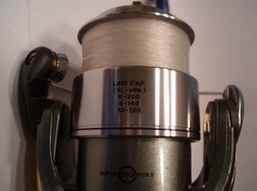
As you can see, the line capacity is printed right on the reel. It says the reel can hold 200 yards of 6lb test, 140 yards of 8lb test, and 120 yards of 10lb test. This is a great match to the rods shown above.
With an outfit like this, you should be able to handle a wide range of freshwater fishing situations, and a wide variety of fish.
Congratulations on your new fishing outfit!

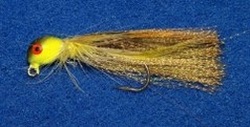
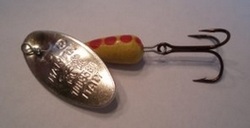
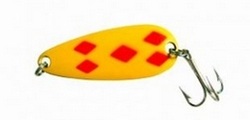
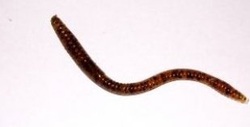

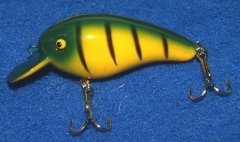
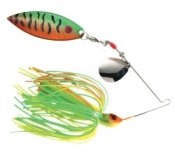
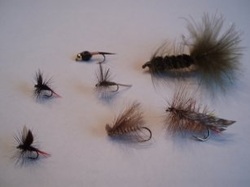
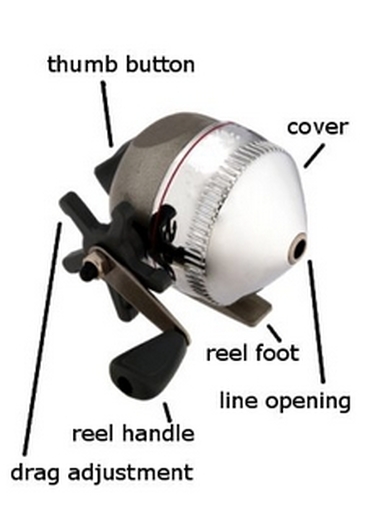
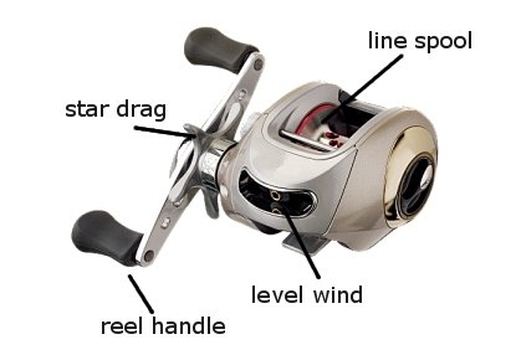

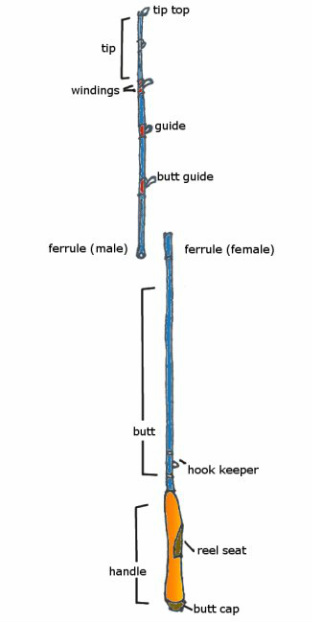
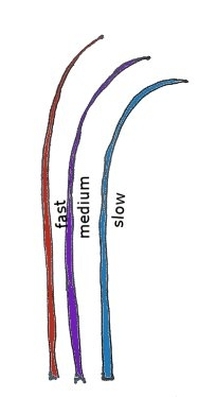
 RSS Feed
RSS Feed
